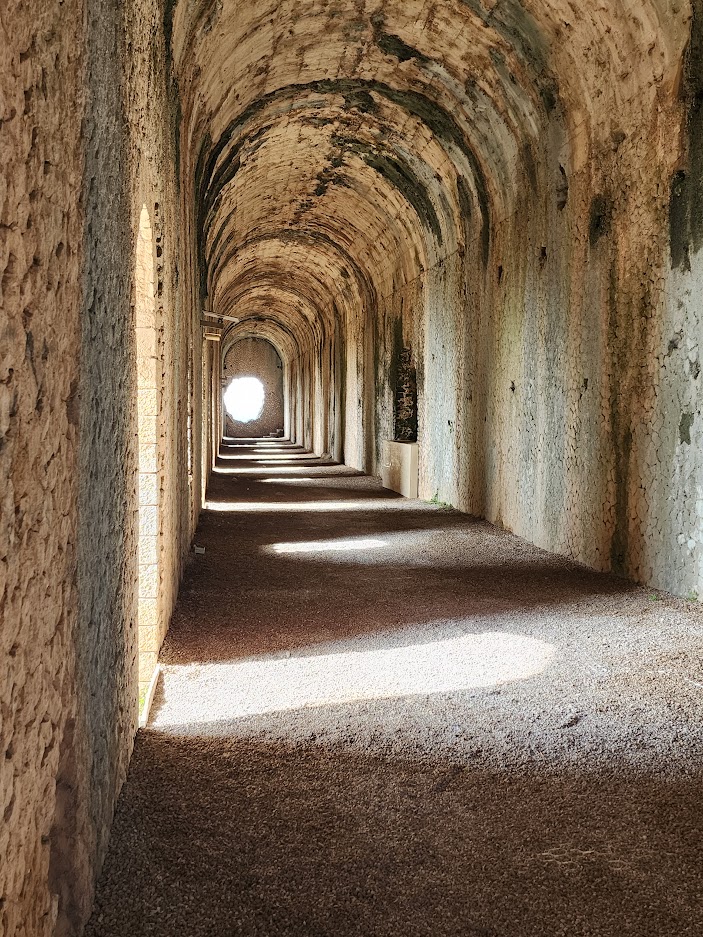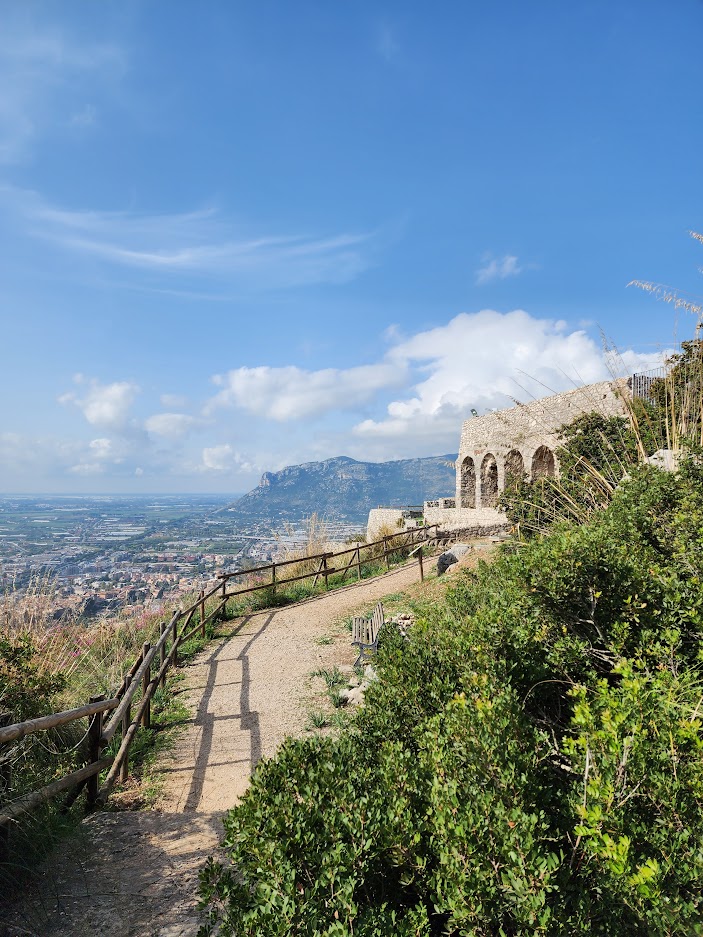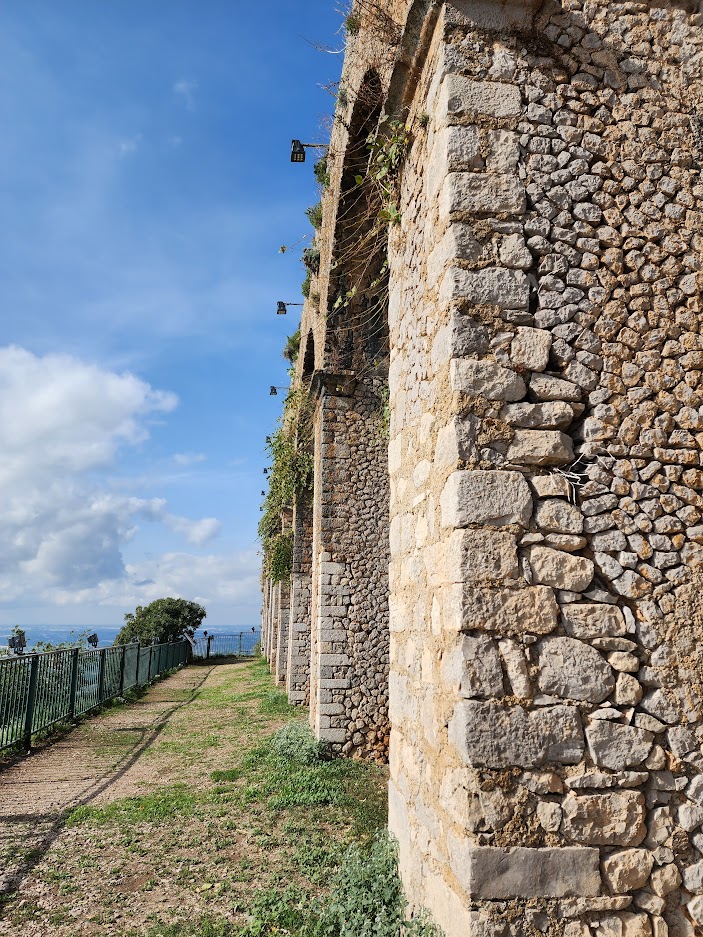
ROME – Last year, Italy petitioned the United Nations Educational, Scientific and Cultural Organization (UNESCO) to recognize the Appian Way, Queen of Roads (Via Appia, Regina Viarum) as a World Heritage site. On Saturday afternoon, the UNESCO committee formally recognized the Via Appia from Rome to Brindisi, as a World Heritage site.
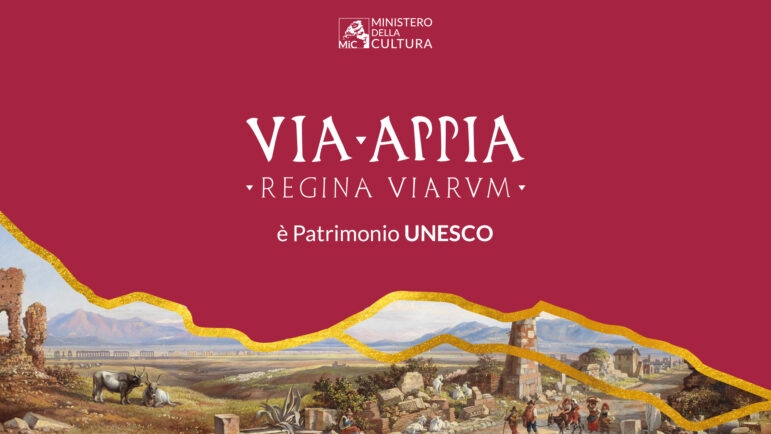
The announcement came from the Italian Ministry of Culture:
“The World Heritage Committee, which met in New Delhi, has deliberated and has added the ‘Via Appia. Regina Viarum’ [Via Appia: Queen of Roads] to the World Heritage List.”
It is the 60th site in Italy to be recognized as a UNESCO World Heritage site.
As TWH reported last year, the Via Appia candidacy began in May 2022. The completed application was submitted on January 10th last year and received scientific approvals from the Governing Council of the Italian UNESCO National Commission 10 days later.
“The candidacy of the Via Appia for UNESCO is the result of a great and coordinated work on the territories by the institutions,” said the council, “which, through its archaeological and artistic heritage, intends to bear witness to the millenary evolution of Italian civilization and of the cultural and economic relations between the Continent and the Mediterranean, between the West and the East”.
UNESCO updated their site just moments later:
More than 800 kilometres long, the Via Appia is the oldest and most important of the great roads built by the Ancient Romans. Constructed and developed from 312 BCE to the 4th century CE, it was originally conceived as a strategic road for military conquest, advancing towards the East and Asia Minor. The Via Appia later enabled the cities it connected to grow and new settlements emerged, facilitating agricultural production and trade. This property, composed of 22 component parts, is a fully developed ensemble of engineering works, illustrating the advanced technical skill of Roman engineers in the construction of roads, civil engineering projects, infrastructure and sweeping land reclamation works, as well as a vast series of monumental structures including, for example, triumphal arches, baths, amphitheatres and basilicas, aqueducts, canals, bridges, and public fountains.
The Appian Way is one of the most iconic routes in Western history, renowned as one of the earliest and most strategically and commercially significant roads of the ancient Roman Republic. Often referred to as Europe’s first expressway, it played a crucial role in the expansion and consolidation of Roman power.
The full map is available through the UNESCO portal created by the Italian Ministry.
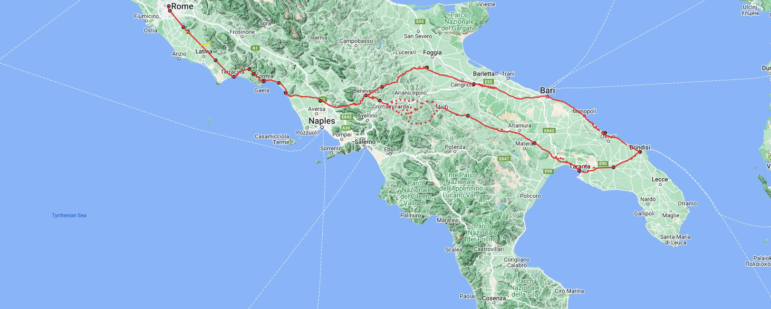
Map of Via Appia Courtesy: Italian Ministry of Culture
This historic road connected Rome to the Alban Hills, then extended southward to Terracina, through the areas north of Naples, and split at Benevento. From there, it stretched south and eastward to Taranto and Bari, finally terminating in Brindisi. The Appian Way enabled Rome to extend its control down the Italian Peninsula, traversing marshes and mountains, and reaching the Adriatic and Ionian Seas. By the Late Republic, Rome had spread throughout the Italian Peninsula, constructing additional roads and tributaries linking to the Appian Way, giving rise to the saying “all roads lead to Rome.”
The beginning of the Appian Way is marked by two major catacombs and numerous tombs, including the Mausoleum of Romulus and the Mausoleum of Cecilia Metella. These burial sites range from Roman pagans to saints, martyrs, and early Christians who could not afford to be interred within Rome. The road is also historically significant as the site where the slave leader Spartacus was crucified. Monuments from all periods of Rome’s history can be found along the Appian Way.
This ancient road facilitated travel for citizens, pilgrims, and even emperors to reach some of the most sacred sites in pagan Rome. Even today, it continues to connect Rome to sacred sites in the region.
The Appian Way provided access to the nearby village of what is now Genzano di Roma, then known as Cynthia Fanum, which was dedicated to the goddess Cynthia.
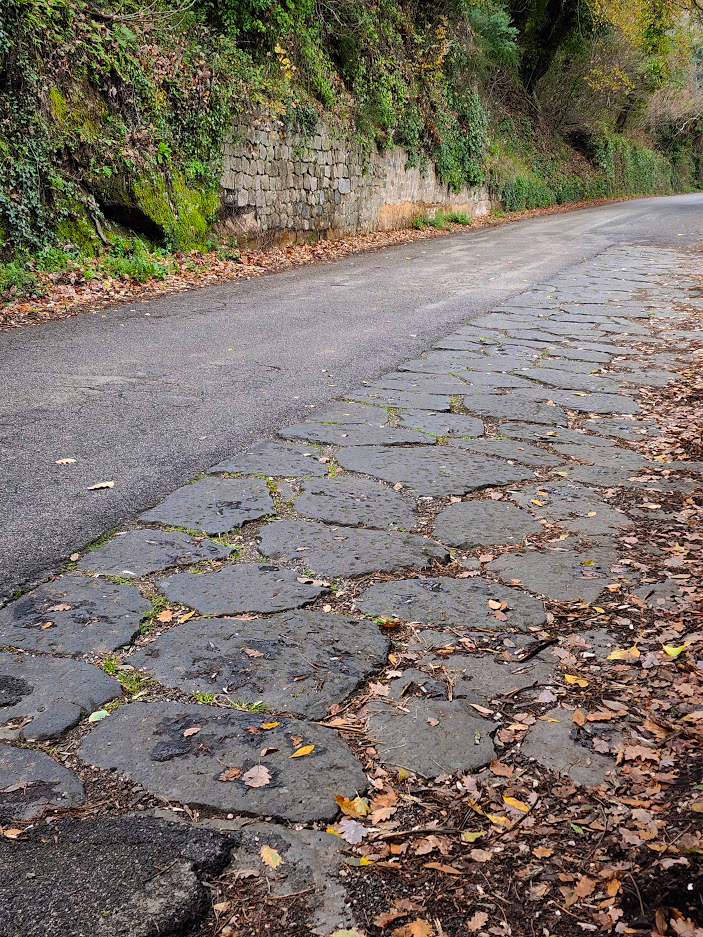
The remains of a Roman road off of the Appian Way from Genzano di Roma to the Sanctuary of Diana Nemorensis [Photo Credit: S. Ciotti]
Genzano borders the Nemus Aricinum which contains the holy woods and sanctuary of the goddess Diana as well as Lake Nemi, called the Mirror of Diana, and the site the emperor Caligula chose to build the famous Nemi Ships.
A short detour from the Appian Way leads to Lanuvium (now Lanuvio), a destination favored by prominent Roman politicians and the site of the Temple of Juno Sospita.
Further south, the Appian Way reaches Terracina, home to the Temple of Jupiter Anxur and a smaller temple dedicated to Venus Obsequens (Indulgent Venus). This site forms an enormous complex on a promontory overlooking the Tyrrhenian Sea.
The road concludes in Brindisi, where it meets the sea with stairs and columns. One of these columns, adorned with dedications to Jupiter, Juno, Neptune, and Amphitrite, still stands.
Emperors Augustus, Vespasian, Trajan, and Hadrian all maintained and restored the Appian Way. By Late Antiquity, following the fall of the Western Roman Empire, the road fell into disuse and disrepair. However, in the 18th century, Pope Pius VI ordered its restoration, resulting in the creation of the Appia Nuova, or the New Appian Way.
The Appian Way has also witnessed later wars. At its terminus in Gnatia near modern Brindisi, it became a launching point of the Crusades. The road also saw battles during World War II during the Battle of Anzio. The Allies attempted to use the road to take Rome while the Germans led a counteroffensive down it. Ultimately, the Allies prevailed and took Rome.
Extensive restoration of the Appian Way was done recently for the millennium celebration of the Catholic Church and its Great Jubilee and the upcoming Jubilees in 2025.
The first 10 or so miles of the Appian Way have been preserved in Rome as part of a regional park. With the new UNESCO designation, the entire 900 km road complex from Rome to Brindisi covering four Italian regions (Lazio, Campania, Basilicata, and Puglia), 12 provinces and metropolitan cities, 73 municipalities, the Pontifical Commission for Sacred Archaeology, and 15 parks.
The Wild Hunt is not responsible for links to external content.
To join a conversation on this post:
Visit our The Wild Hunt subreddit! Point your favorite browser to https://www.reddit.com/r/The_Wild_Hunt_News/, then click “JOIN”. Make sure to click the bell, too, to be notified of new articles posted to our subreddit.

